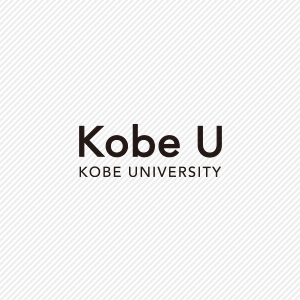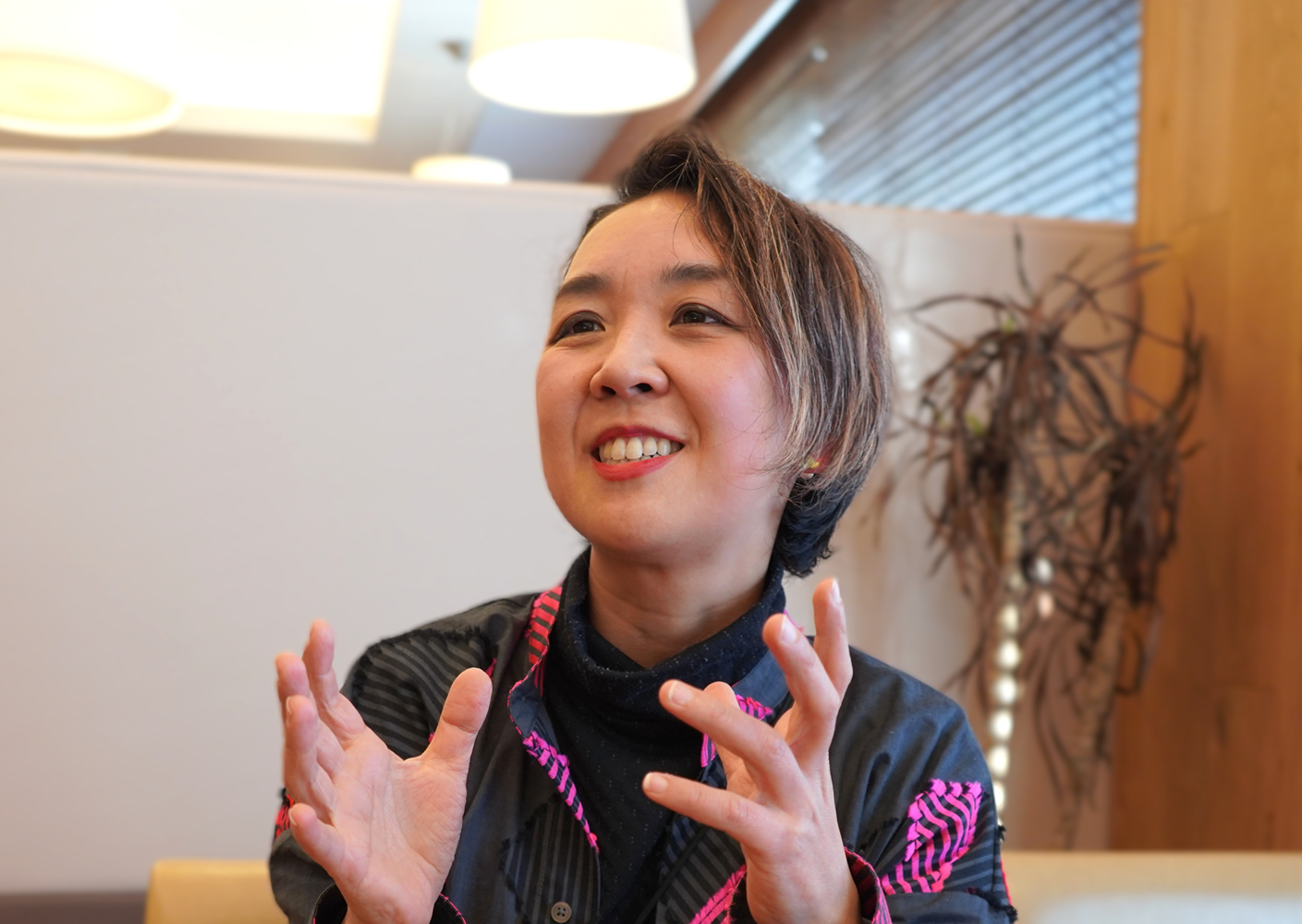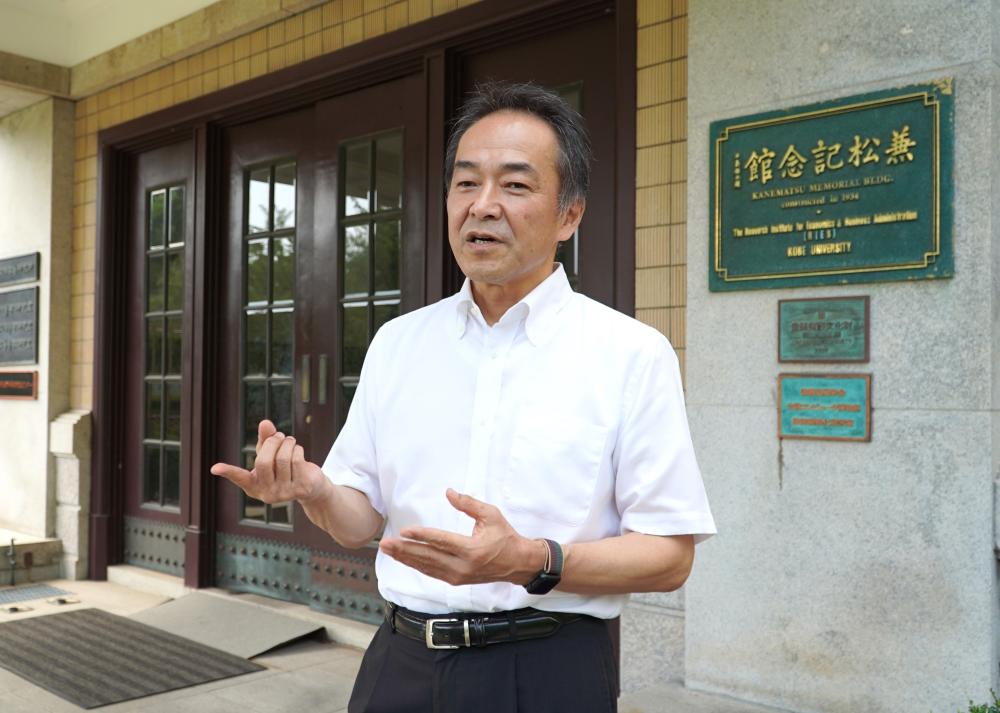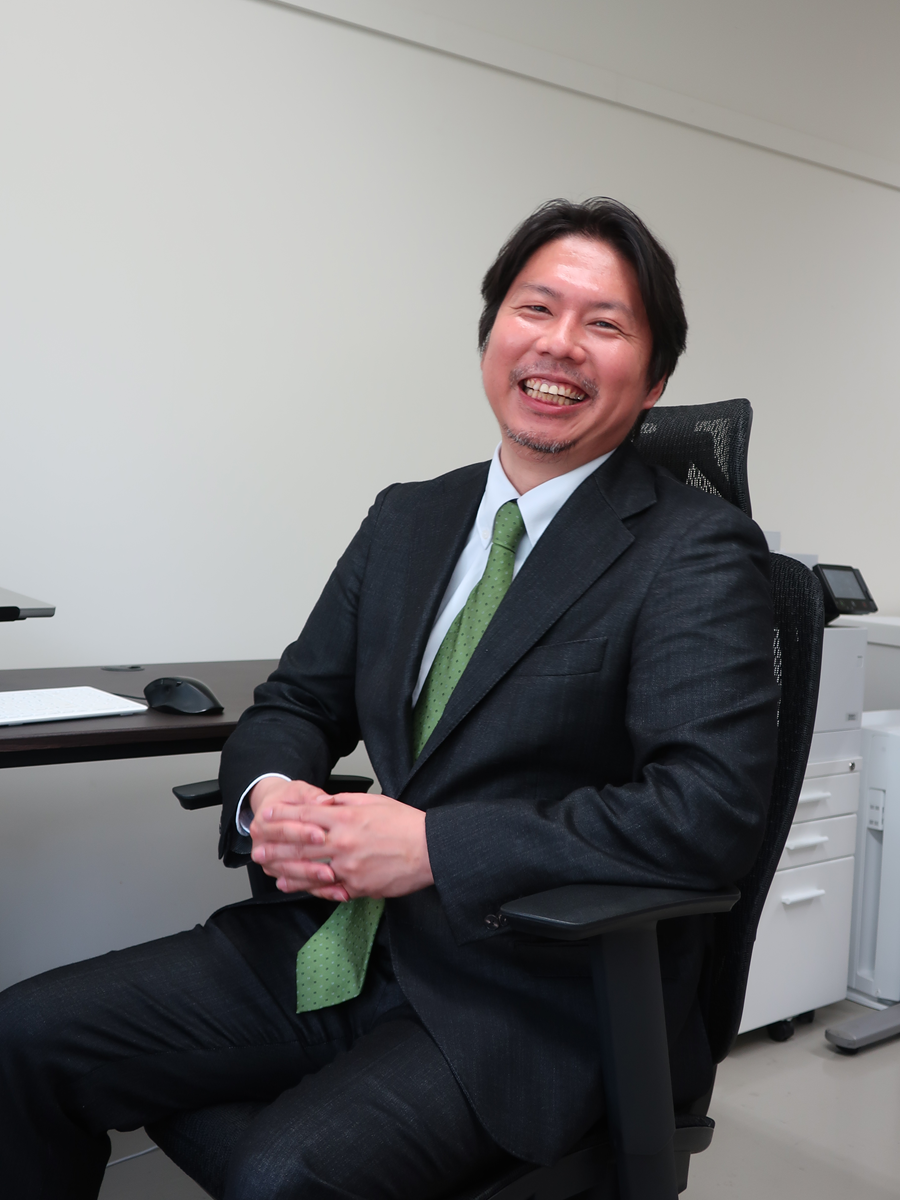
In 2024, the book "The Economics of Educational Investment" was awarded the 2024 Nikkei Prize for Excellent Books in Economic Science, drawing wide public attention. As the environment surrounding children continues to rapidly change due to factors such as the popularization of generative AI, globalization and population decline, approaches to education and school environments also require reform. Things like reskilling to respond to a diversifying society and the reform of teachers’ work style have put significant emphasis on the role of schools and their teaching staff. We asked Professor SANO Shinpei of the Graduate School of Economics, a specialist in education economics and labor economics, about the challenges facing education in Japan and how we should respond to them.
Does going to a prestigious university lead to higher salaries?
Your book, “The economics of educational investment,” received attention for its use of economics to analyze issues in education.
Sano:
There are many questions in society concerning education. For example: "Does going to a prestigious university lead to higher salaries?" "Does reducing class sizes improve academic achievement?" "Is making high school tuition free really a good thing?" "Will raising teachers’ salaries actually enhance student performance?" My book uses an economic framework to explain how we can approach these questions and analyze data based on the situation in Japan as broadly as possible and without using any formulas. It introduces a paradigm for thinking about questions related to education based on knowledge in education economics.
Many people don’t immediately see the connections between education and economics. However, in economics, we consider education as an investment of human capital for both one’s own future and the future of society. Investments in oneself involve spending money and time to study and acquire knowledge, which will then allow one to eventually get a job with good pay and demonstrate one’s productivity in society. And at the national level, this involves deciding what to emphasize when allocating limited funding, be it for social security, defense, education or otherwise. So, when you look at those allocations like investments, you’d consider where to use the money, how much of a return you can expect in the future, whether or not it’s an efficient investment, and whether there are any ways to make it more efficient.
Economics is an academic discipline in which we think about and discuss the most effective use of limited resources for improving society. To that end, we analyze various mutual relationships, such as the motivation behind people’s behaviors, what will result if there are multiple individuals involved, and how these behaviors and results are actually expressed in data. Education economics is about applying economic techniques to education to try and clarify actual phenomena.
What research featured in your book was the most interesting to you, and what about it did you want to emphasize the most?
Sano:
The section on school teachers, which is a topic I’ve been researching since my doctoral studies, was something I put a lot of effort into. Also, since I teach Japanese Economy in my classes at the Faculty of Economics, I introduced discussion points based on data and evidence while keeping in mind the present and future of the Japanese economy as a whole.
When gathering evidence, statistical data at the infrastructure level is crucial. Even if Japan has each and every statistic prepared, attempting to link these with personal data can be quite difficult. On top of that, even obtaining statistical data is becoming difficult. If we can get lots of people to get even a small understanding of how our research benefits society, I think there will be less resistance when acquiring statistical data and as a result, more cooperation when it comes to gathering responses for more detailed surveys. I wrote this book with the hope that it would give many people a better understanding of this research.
I think the reason I received the Nikkei Prize for Excellent Books in Economic Science was because my book was praised as being enlightening while having a good balance of economic theory and evidence. Now I feel that I must continue to do everything I can to disseminate how my research contributes to society.
Is having more options effective?
Could you describe your current research?
Sano:
I carry out joint research with other researchers at Kobe University on the topic of “Competition between schools and the formation of human capital investment in children: Analysis using disparity in education policy among municipalities.” I utilize policies from the central government and local municipalities as clues for performing analyses on effective methods and prerequisite conditions for promoting competition between schools that aim to raise the quality of public school education.
Those who are not experts in the field of economics may have an aversion to the expression “competition between schools.” Put differently, the point of this project is to use economic techniques to analyze whether methods for increasing options actually lead to higher quality education, deciding which methods are most effective for increasing the number of options, under which conditions they are effective, and whether there are cases in which they are not.
One research topic in this project involves research on high school districts. In Japan today, there are prefectures which have expanded school districts, and even those which have done away with them entirely to include the entire prefecture as one school district. One could say that changing school districts is a method for increasing the number of schools a student could attend. We conduct research using data to ascertain whether the academic ability of all schools can be improved by increasing the number of school choices and, as a result, allowing students to do their best in their studies.
Expansion of school districts requires effort by the schools themselves to express the appeal of studying there. Whether they’re prep schools or schools with strong sports programs or otherwise, schools will feel pressured to make efforts to be chosen by potential students. We’re also using data to attempt to ascertain whether or not the efforts of those schools have come to fruition. It’s also possible, however, that those efforts result in creating a disparity among schools. With that in mind, we’re trying to verify whether or not this is a good thing overall.
There are other methods of increasing options, namely making high school tuition free. On the one hand, when tuition is free, families can choose schools without having to worry about the burden of tuition payments. On the other hand, eliminating the burden of having to pay tuition fees could increase the number of students from wealthier households attending private tutoring schools, potentially resulting in a widened disparity between households. Thus, while expanding options could be a good thing, it could also cause issues under certain conditions. Our project attempts to show evidence of what could happen by increasing the number of options related to education within Japan.
Carrying out research leads to new questions
Specifically, how do you investigate the differences that arise from those options?
Sano:
Let’s take research on high school districts as an example. As a result of law amendments in the 2000s, the line that read “establish school districts” was erased, which allowed prefectures to freely establish their own school districts. With this restriction eliminated, prefectures like Tokyo and Wakayama turned their respective prefectures into a single school district, while some prefectures decided to keep them the way they were. Even following that, Japan found itself in a situation in which prefectures reorganized their school districts in a scattered manner. By applying statistical methods to compare prefectures that reorganized their school districts with prefectures that didn’t, we use data for each school to verify whether the efforts of students and schools improved admissions records after the restraints of school districts were eliminated.
How do you plan to expand this research moving forward?
Sano:
Our research project will run through the end of academic year 2027. The more we carry out our research, the more new questions arise. We’ve also made some new discoveries and with those have come even more questions. I feel that we can expand this research in many different directions. At the moment, our target is compulsory and secondary education, but we could also focus on higher education as well as universities and graduate schools. In addition, one direction we could take is to consider methods that allow school teachers to perform at their full potential, or we could examine the reactions of households when policies regarding schools are changed. The more we conduct each of our research topics, the more mutually related aspects come about, which gradually expands the scope of our studies.
You’re also performing economic analysis of long working hours of teachers. What kind of research is that?
Sano:
Just like many occupations, long working hours of school teachers has become a social issue in Japan. Not only do long working hours harm the health of teachers themselves through factors like stress, they also reduce the time they can spend with their families, causing negative effects for those around them as well. I think this situation should be rectified; however, data on working hours isn’t easy for a third party to get a hold of and analyze.
Thus, we try to get an idea of that information from alternative data, especially location information of mobile phones and people movement data. We’re investigating how much we can ascertain about school teachers’ work hours using location information of mobile phones, and where there are limitations. We’re also researching whether we can come up with methods to improve these long working hours.
The keyword for my research is “disparity”
I understand your research focus has always been in educational economics and labor economics.
Sano:
The keyword for my research is “disparity.” Why income disparity, disparity between women and men, educational disparity and other forms of disparity arise and what they entail form the underlying problem. At the heart of our research lies analysis on to what extent education is related to the cause of disparity, how much influence education has on potential methods to rectify disparity, and how effective policies involving human capital, i.e. investments in people, are in rectifying disparity.
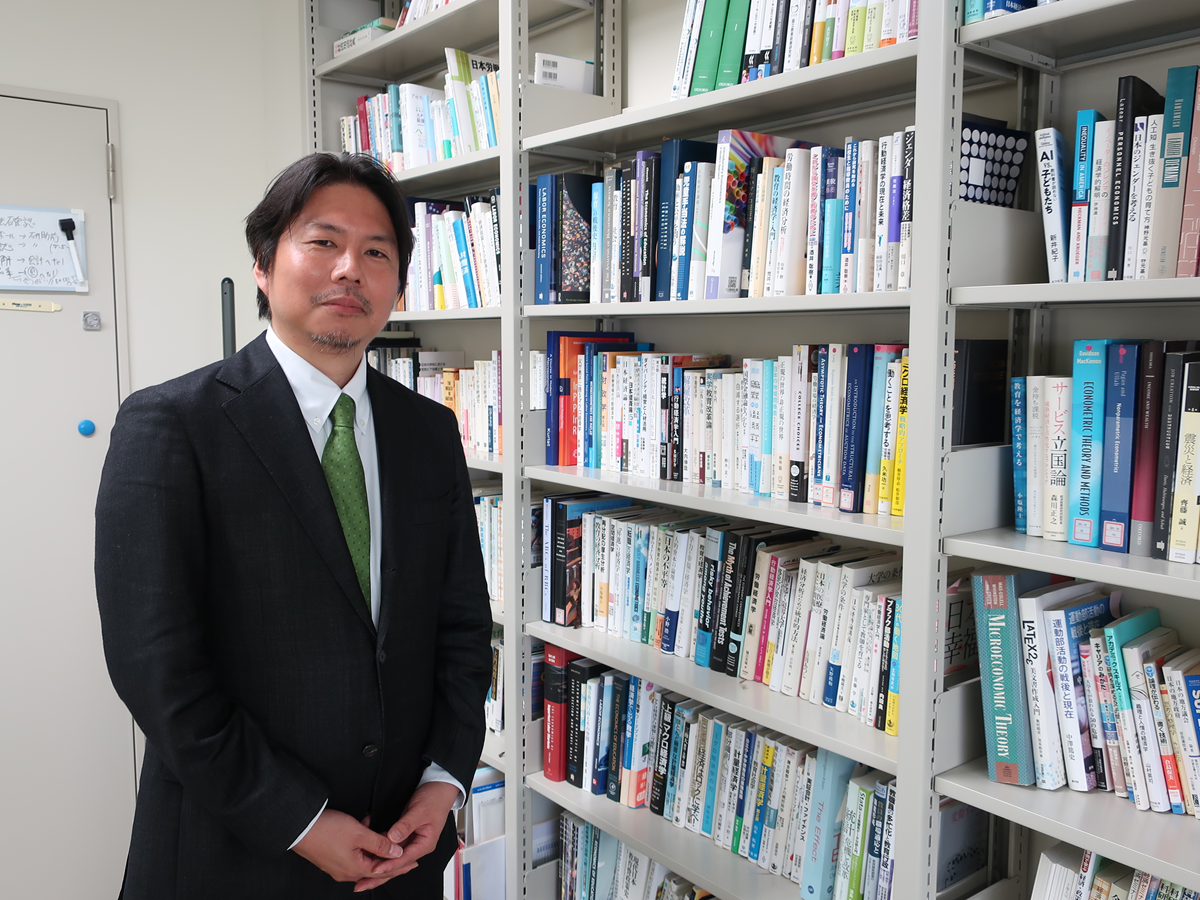
Also, when thinking about how we can rectify disparity, we need to have discussions on labor economics. I’m interested in the changes in the Japanese labor market over the past few decades. I’ve gradually done some research on problems between so-called regular and non-regular workers, work hours and labor reforms.
Age-wise, I’m part of a generation known as the employment “ice age.” There were people in my generation who couldn’t get a job as a regular worker even if they graduated from university. This led me to think that there had to be some sort of way for them to recover from their situation. Moreover, if the problem is ignored, this will lead to even bigger problems once the generation becomes old enough to receive pension. Now that I think about it, my interest in issues regarding labor and education and my awareness of disparity may have been influenced by the generation I was born into.
Well-being is a necessary barometer for economics
Nowadays, we often talk about “well-being.” How does your field relate to well-being?
Sano:
Well-being is an important barometer in economics as well. Economics is an academic discipline in which we think about structures that aim to effectively distribute our limited resources in order to build an even better society. Put simply, it’s about how we can become happy. People’s choices are tied to their happiness and well-being. How we think about well-being is already an established field in economics. Even within that field, the role of education and its relationship with the labor market are important topics.
I’ve previously carried out research on working conditions and happiness, in which I tried to see whether the act of working was happiness in and of itself. In economics, working does not bring happiness; leisure is more enjoyable. But by not working we can’t save money, which means we can’t act as consumers. Working isn’t happiness, but if we can save money, we can use our salary to become happy. Taking off work and saving money are two sides of the same coin. This way of thinking is known as a “trade-off” in economics.
If you’re not working but you have a large income, that could also be considered happiness. But if you feel unhappy despite having a large income and not having to work, it might not be an issue of money, but rather, you find some kind of happiness in working. Using survey data, I analyzed whether there would be a difference in happiness between having a job and being unemployed while having the exact same income. The results of the survey showed that when unemployed, even with money, respondents were not happy.
Verifying social phenomena is the role of researchers
Discussions took place in the Diet on law amendments regarding teachers’ working hours and overtime pay.
Sano:
I think that these amendments will affect behavior in educational settings. One role that we have as researchers is verifying whether this behavior will change for the better or that these amendments aren’t enough, and whether problems will persist in the future. It’s important to academically clarify what is occurring.
Each of our research topics have the potential to gather attention in society years from now, even if it doesn’t initially make waves. Thus, I think that researchers should steadily continue to conduct their research and accumulate evidence that can clarify the reality of social phenomena.
Resume
In March 2001, graduated from the Faculty of Economics, Tokyo Metropolitan University. In March 2006, completed the doctoral program at the Graduate School of Economics, Osaka University and received his doctorate in economics. After serving as postdoctoral research fellow at the Japan Society for the Promotion of Science, associate professor and project associate professor at the Graduate School of Economics, Kobe University and associate professor at the Faculty of Law, Politics and Economics, Chiba University, he became professor at the Graduate School of Economics, Kobe University in April 2020 and professor in April 2024.

